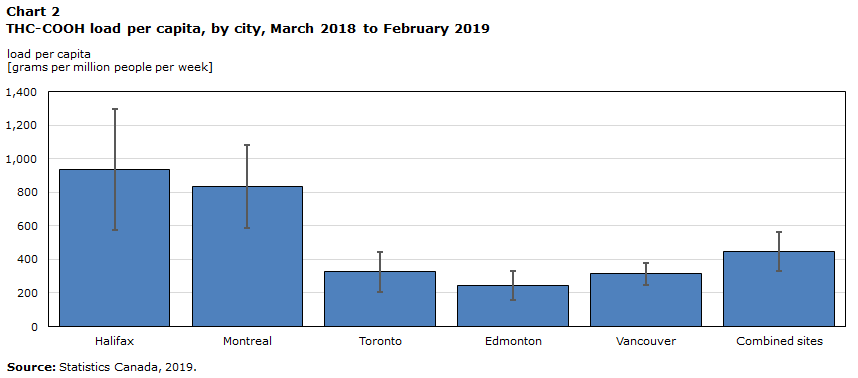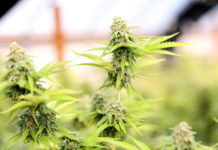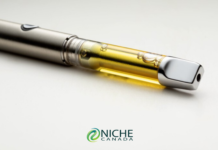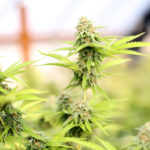Statistics Canada has released the findings of a pilot project that involved studying wastewater in five major Canadian cities in an effort to garner a better estimate of drug use across the country.
The study is part of an effort to “better capture the social and economic impacts related to the legalization of cannabis” and “the misuse of opioids and other drugs with higher risk of being abused.”
The technique is called wastewater-based epidemiology – or WBE – which has been used in Europe since 2007 to report on the consumption of different types of drugs in large cities.
Here in Canada, Stats Can studied wastewater Central Halifax, Montreal Island, Toronto City, Edmonton City and Metro Vancouver. The pilot project covered 14 wastewater treatment plants across the five large urban centres, and serving close to 8.4 million people, which is over 20% of the Canadian population.
Wastewater from each site was sampled at least every 30 minutes for seven consecutive days starting on the second Monday of each month, from March 2018 to February 2019.
Stats Can said one objective of this study was to establish a baseline measure of THC consumption in wastewater pre-legalization for purposes of historical reference.
“With eight months of data pre-legalization covering approximately 20% of Canada’s population, this has been achieved. However, given the monthly variability of the data, it is too early to determine if there has been a change in total cannabis consumption since October 2018, when recreational cannabis was legalized.”
The study found that the average cannabis consumption across the sites combined was 450 grams per million people per week.
“However, large spikes occurred in May, June, and December 2018,” Stats Can reported. “It is uncertain whether these spikes are due to variations in wastewater flow rates, short-term changes in number of people consuming, the amount consumed, or factors related to the sampling.”


Stats Can found the cities had large differences that repeated consistently over the months. “Montreal and Halifax reported loads 2.5-3.8 times higher than Vancouver, Toronto, and Edmonton. These results demonstrate that consumption can be markedly different across the country,” a report notes.
Given their findings, Stats Can estimated that annual cannabis consumption in the pilot cities was 84 tonnes of dried product.
“But the precision of the estimate comes with considerable uncertainty due primarily to the wide range of estimates in how much THC-COOH ends up in wastewater after consumption,” Stats Can notes. “The value of 84 tonnes implies that consumption in the pilot cities represents about 13% of the national total, as estimated by the PBO. Given that the pilot sites comprise over 22% of the national population, this would mean that the consumption rate across the pilot sites was approximately 50% lower than that for the rest of the country. This is unlikely, but using these data alone, it is impossible to determine the error in each component.
“If per capita consumption is assumed to be the same in the pilot cities as in the rest of the country, then the wastewater results would correspond to national cannabis consumption of about 370 tonnes, which 44% lower than the PBO (Parliamentary Budget Office) estimate,” Stats Can reported. “Further, the annualized non-medical cannabis retail sales estimate of 66.8 tonnes would then represent 18% of all consumption, a proportion two times higher than if the PBO estimate were used. This value is considered unrealistically high, especially given constraints in the roll-out of cannabis retail locations in the early months following legalization, particularly in the populous provinces of Ontario and Quebec.”
Comparatively, Stats Can found cannabis use was higher in Montreal and Halifax, but Vancouver and Edmonton tended to have higher per person use of methamphetamine, morphine, and codeine.
Click here to read the full results.



















